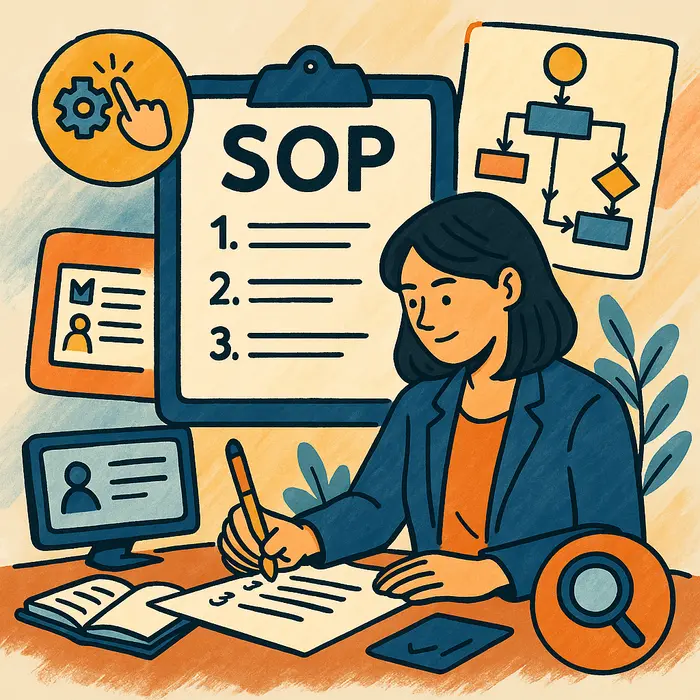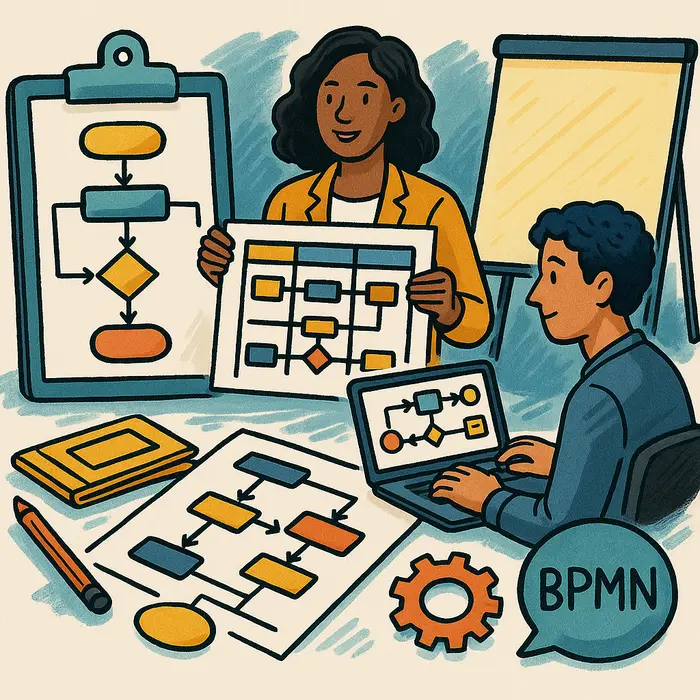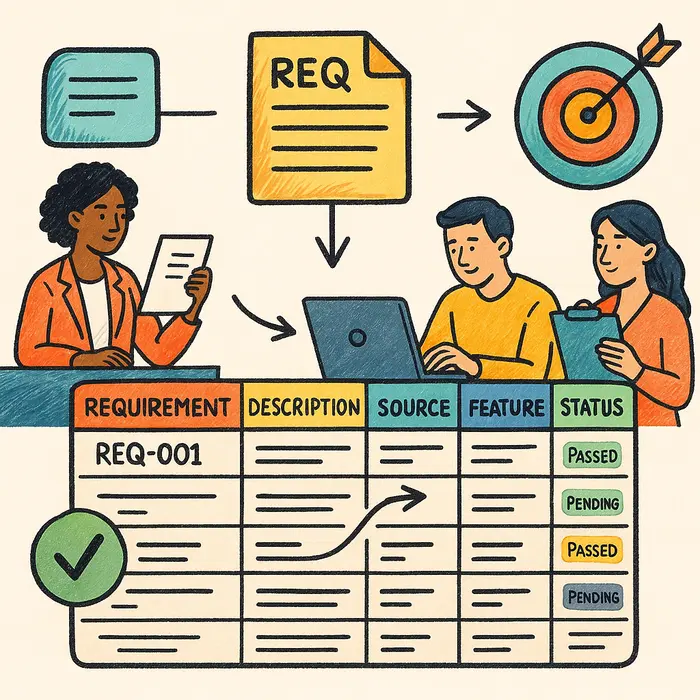Writing SOPs That People Will Actually Use

Writing SOPs That People Will Actually Use Standard Operating Procedures (SOPs) are supposed to create clarity. But too often, they gather dust. Why? Because many SOPs are too long, too vague, or too disconnected from daily work. Here’s how to write SOPs that are actually used—and that truly help your team work better.






